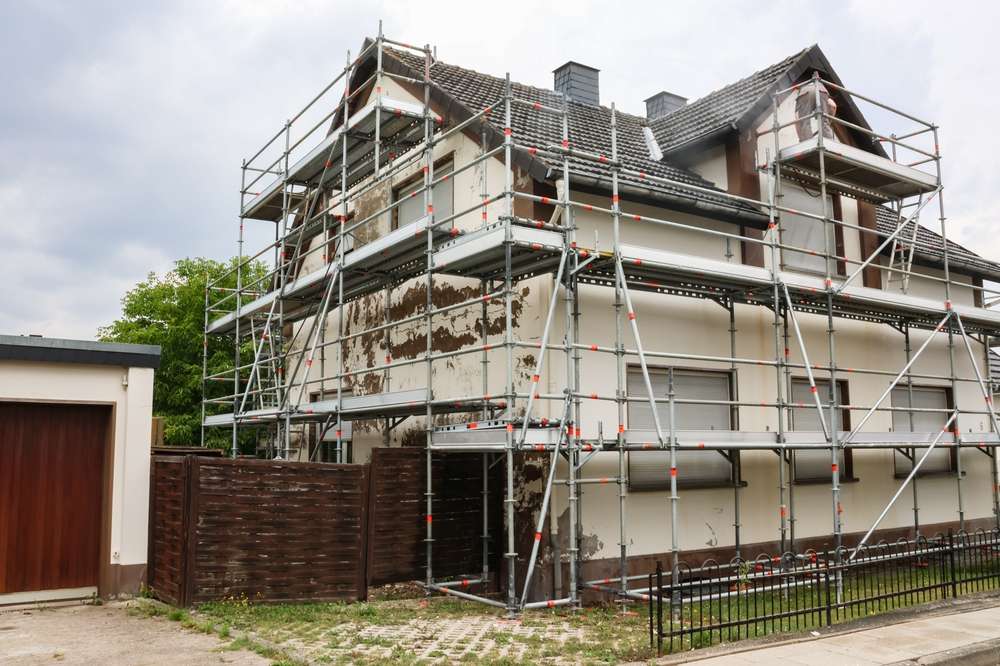Roof Replacement: Guide to Process, Materials and Local Services
A roof replacement is a significant home improvement that affects safety, energy efficiency and long-term maintenance. Whether your roof shows visible damage, leaks, or the materials have simply reached the end of their expected life, replacing the roof involves assessing condition, choosing materials, hiring competent contractors and understanding the typical timescale and disruptions. This guide explains the main steps, practical considerations and how to find local services for a replacement project in the UK.

How to assess if your roof needs replacement
Start with a thorough visual inspection from the ground and, where safe, a closer look from an access point. Key signs that replacement may be needed include widespread cracked or missing tiles/slates, sagging roof deck, recurrent leaks, persistent damp in the loft, and roofs older than their typical lifespan (for example, some asphalt shingles last 20–30 years, tiles and slates often longer). A single damaged area can sometimes be repaired, but when multiple signs appear across the roof, replacement can be the more durable, cost-effective option. Professional surveys can confirm structural issues like rot in timbers or insulation concerns.
What materials are commonly used for replacements
Common roofing materials in the UK include concrete and clay tiles, natural slate, synthetic slate, metal roofing (steel/aluminium), and asphalt-based membranes for flat roofs. Each material has trade-offs: slate and clay are long-lasting and low-maintenance but heavier and costlier to install; concrete tiles are durable and usually cheaper; metal roofs are lightweight and offer longevity and good weather performance; single-ply membranes or built-up felt systems are typical for flat or low-slope roofs. Consider factors such as local climate, roof pitch, planning restrictions (especially in conservation areas), and long-term maintenance when selecting materials.
How long does a roof replacement take
Duration depends on roof size, complexity, material choice and weather. A straightforward roof on a small house with standard tiles might take several days to a week, while larger or complex roofs, or those using slate or specialist materials, can take one to three weeks or more. Work stages include stripping the old covering, inspecting and repairing the deck and timbers, installing underlay and insulation where needed, fixing battens, and laying the new covering. Allow for contingency time for bad weather and hidden defects discovered after strip-out. Good contractors will provide a project timeline and communicate expected disruptions.
Hiring local services and contractor checks
When choosing a contractor, prioritise companies or tradespeople with verifiable references, public liability insurance, and, ideally, membership of trade groups such as the National Federation of Roofing Contractors (NFRC). Obtain several written quotes that specify scope, materials, warranty terms and waste removal. Ask about guarantees on workmanship and whether they use accredited materials. Check online reviews on established platforms and request recent completion photos. If planning work in a conservation area or if scaffolding is required, confirm the contractor’s experience with regulations and site management. Clear written agreements reduce misunderstandings.
Costs to expect and financing considerations
Roof replacement costs vary widely depending on size, materials and complexity. Typical cost drivers are roof area, material unit cost (slate vs concrete tile), labour intensity, scaffolding and any required structural repairs or insulation upgrades. Many homeowners also choose to add loft insulation or ventilation improvements during replacement, which increases upfront cost but may reduce energy bills. Financing options include savings, home improvement loans, or remortgaging; each has tax and long-term implications. Because costs are project-specific, request itemised quotes and confirm whether the quote covers VAT, scaffolding, waste disposal and any local permit fees.
Local providers and how they compare
| Provider Name | Services Offered | Key Features/Benefits |
|---|---|---|
| National Federation of Roofing Contractors (NFRC) | Membership and directory of registered roofing contractors | Industry body offering standards, member listings and advice |
| Checkatrade | Directory of tradespeople, including roofing contractors | User reviews, vetting process and project photos |
| Rated People | Platform to post jobs and receive quotes from local trades | Competitive quoting, customer reviews and profiles |
| TrustATrader | Directory and reviews for vetted tradespeople | Focus on verified reviews and completed-job records |
| SIG Roofing | Supplier of roofing materials and technical services | National distributor of roofing products and technical support |
Prices, rates, or cost estimates mentioned in this article are based on the latest available information but may change over time. Independent research is advised before making financial decisions.
A roof replacement is a substantial, often once-in-a-decade decision that benefits from careful planning: accurate assessment, appropriate material choice, and competent contractors. Taking time to obtain detailed, written quotes, checking credentials and understanding the likely timescale and potential additional work discovered during strip-out will help ensure the project meets safety, performance and budget expectations.



